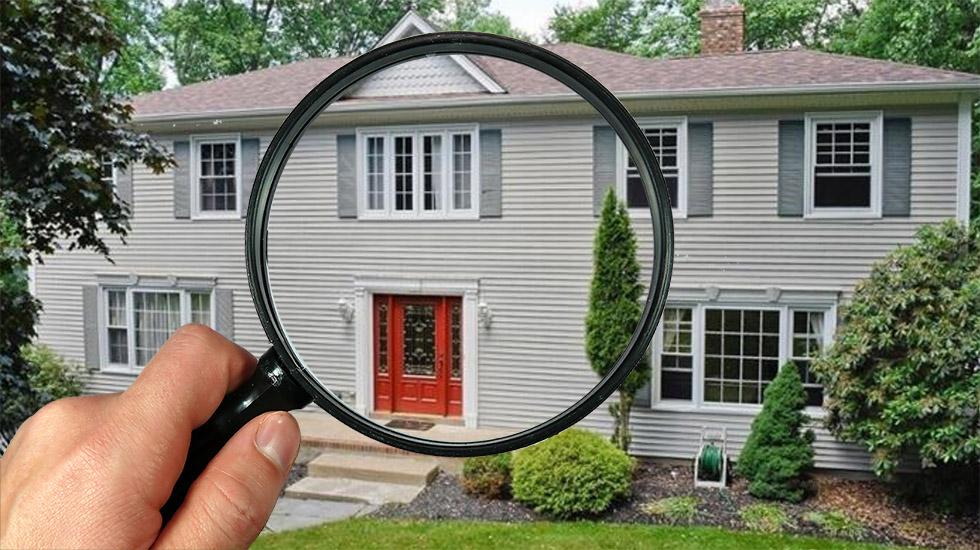Thermal Imaging Reports
The infrared imaging is a technology, which can help clients detect corners in a house that can’t be revealed by using the conventional techniques of inspection. Thermal imaging provides ancillary inspection reports, which are just as important as the general reports that are prepared once the general inspections are completed. It is crucial the information in the reports that are being presented meet the client’s needs. With such specialized technology like thermal imaging inspection, one can get more accurate results, and also detect out some hidden grey areas in a house. This way a buyer can take curative measures through new home inspections, before actually purchasing a house.
However, the building inspector for new homes must make sure that he well manages to acclimatize the buyer to what all areas he can cover using the IR technology.

An Inspector Must:
Explain the process of thermal imaging to the buyer in detail. This means that he must include all the facts with what all will be covered in the inspection procedure. This way the buyer can completely rely on the inspections. Also, he feels that he is well informed about the entire process. Also, he must be well informed on what all issues are really serious and needs to be addressed immediately.
Explain the overall capabilities of IR Camera and how it can help the client. This way all you can give an outline of various conditions you can detect using thermal imaging in the house. Some of the basic areas that an infrared inspection can cover are the energy loss, unexpected hot spots, moisture and dampness in the roof and other corners of the house.
In Detecting Moisture Levels, IR Camera Locates:
- Roof leaks, dampness in the wood, cracks and water intrusion points in the attic
- Plumbing leaks in a house
- Damaged, missing or wet insulation
- Moisture or water penetration in the walls or any corner of the building, which could potentially lead to structural damage and mold.

In Terms Of Full Home Energy Inspection, IR Camera Detects:
- Improper ventilation
- Heat loss and air intrusion in the building
- Air-conditioner pipe/compressor leaks
- Broken seals in a window
- Infiltration of air from walls, floors, basement, windows, ceilings, doors.
- Any structural defects that lead to overall energy loss
IR Camera Can Locate The Hot Spots:
- Electrical Faults
- Overloaded circuits that can cause a fire
- Missing and broke circuit wires that needs immediate replacement
- Overheated electrical equipment which can be potentially harmful
Based On Color Gradient Of A Thermal Image, An Inspector Can Locate:
- Presence of insects or animals like rats, raccoons that are hiding in the structure.
- Dangerous flu leaks, which leads to accumulation of carbon monoxide and other harmful gases in the interiors of a house
- Any possible pest infestation, which can be detected through the increased heat signature that the IR camera captures
The Final Reports Provided:
The report that a professional inspection service provides to its clients is generally user-friendly and readable in nature. It is also inclusive of some digital and IR images. There are some pointers mentioned for the client which maps out areas that need immediate replacement or repairs.
The thermal imaging equipment is generally expensive and not all the inspector offers this type of ancillary service. Nevertheless, with such HIGH TECH technology, you can get your home inspected to the very core and make some indispensable implements before you finally purchase a house.


Recent Comments